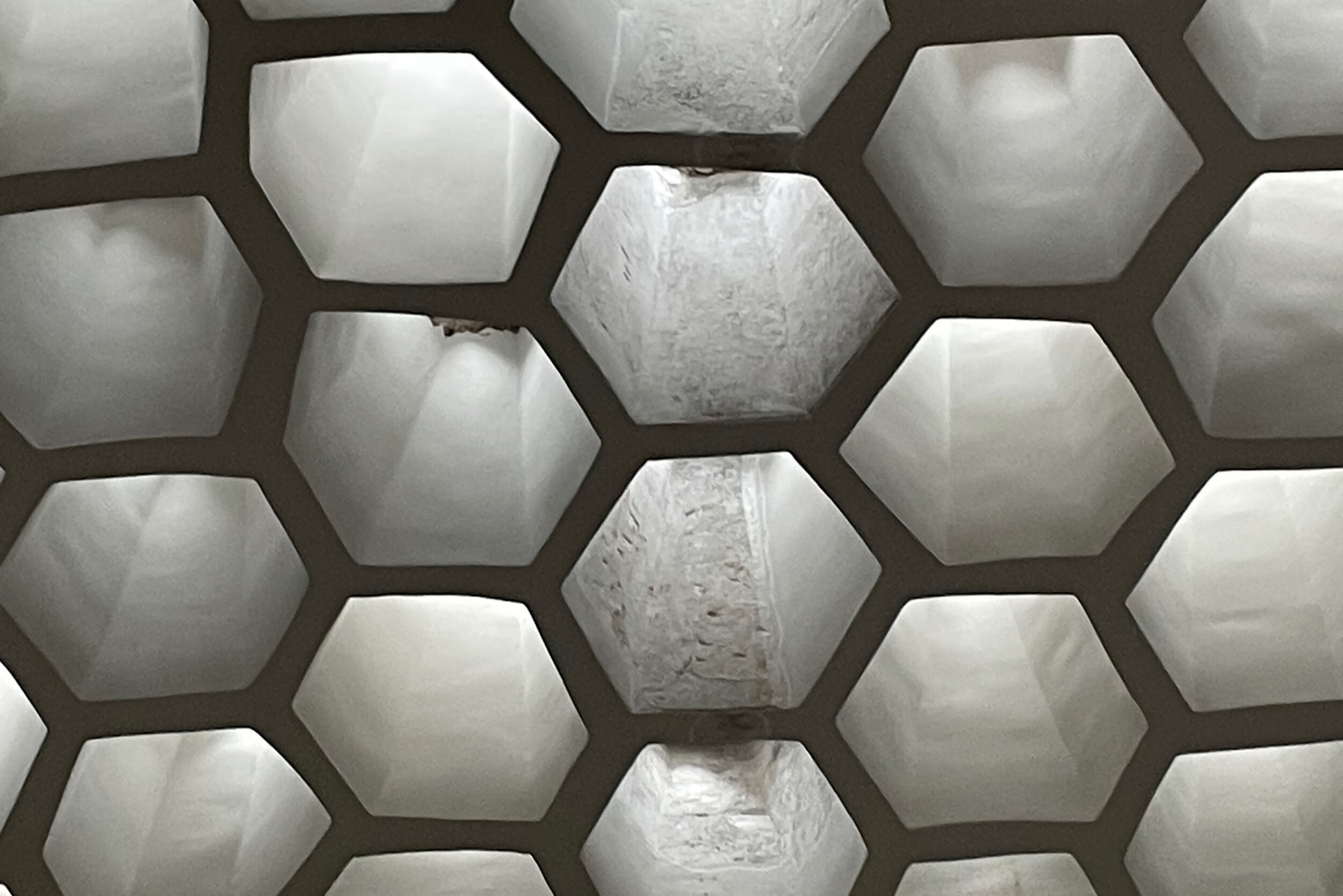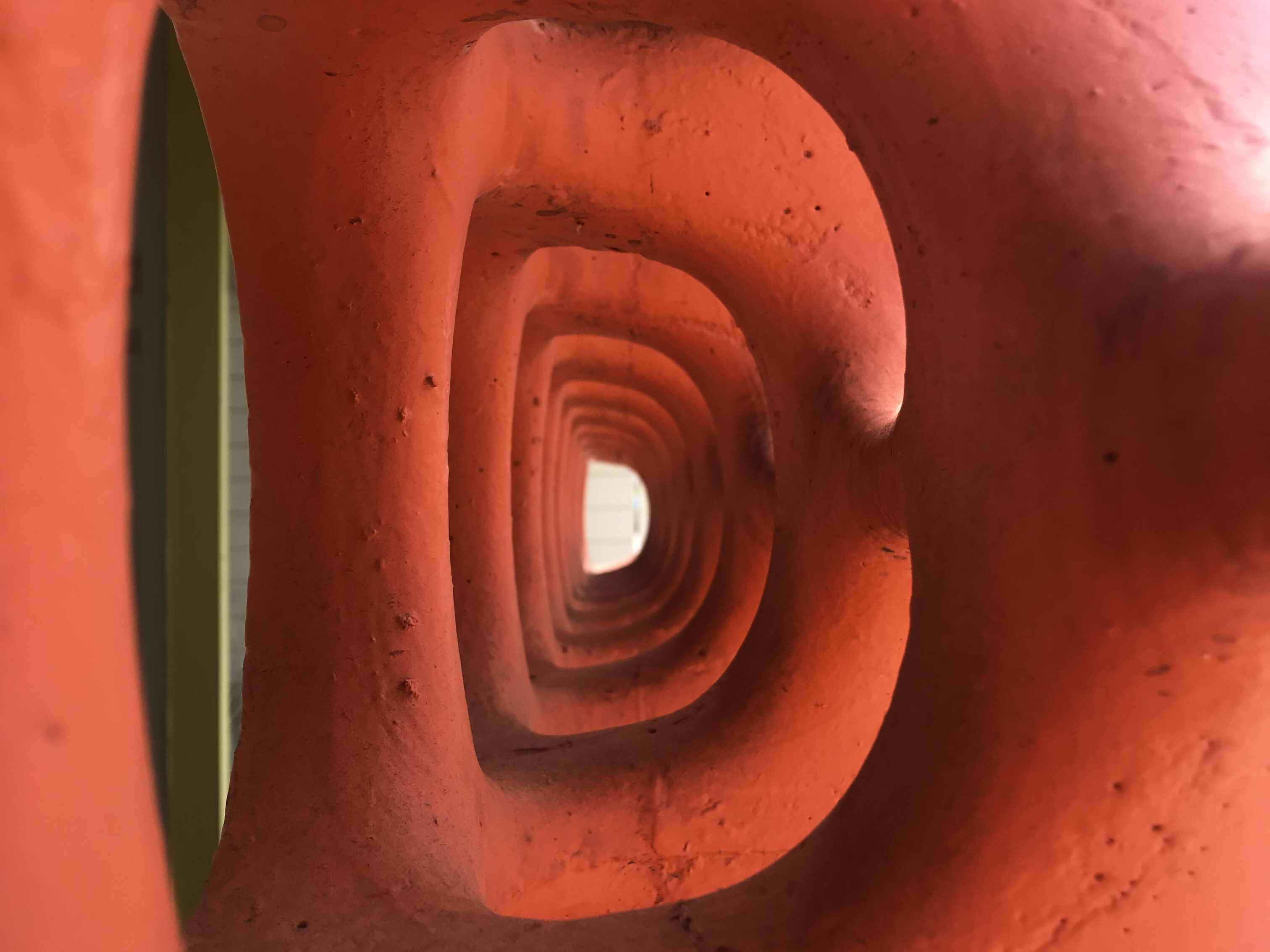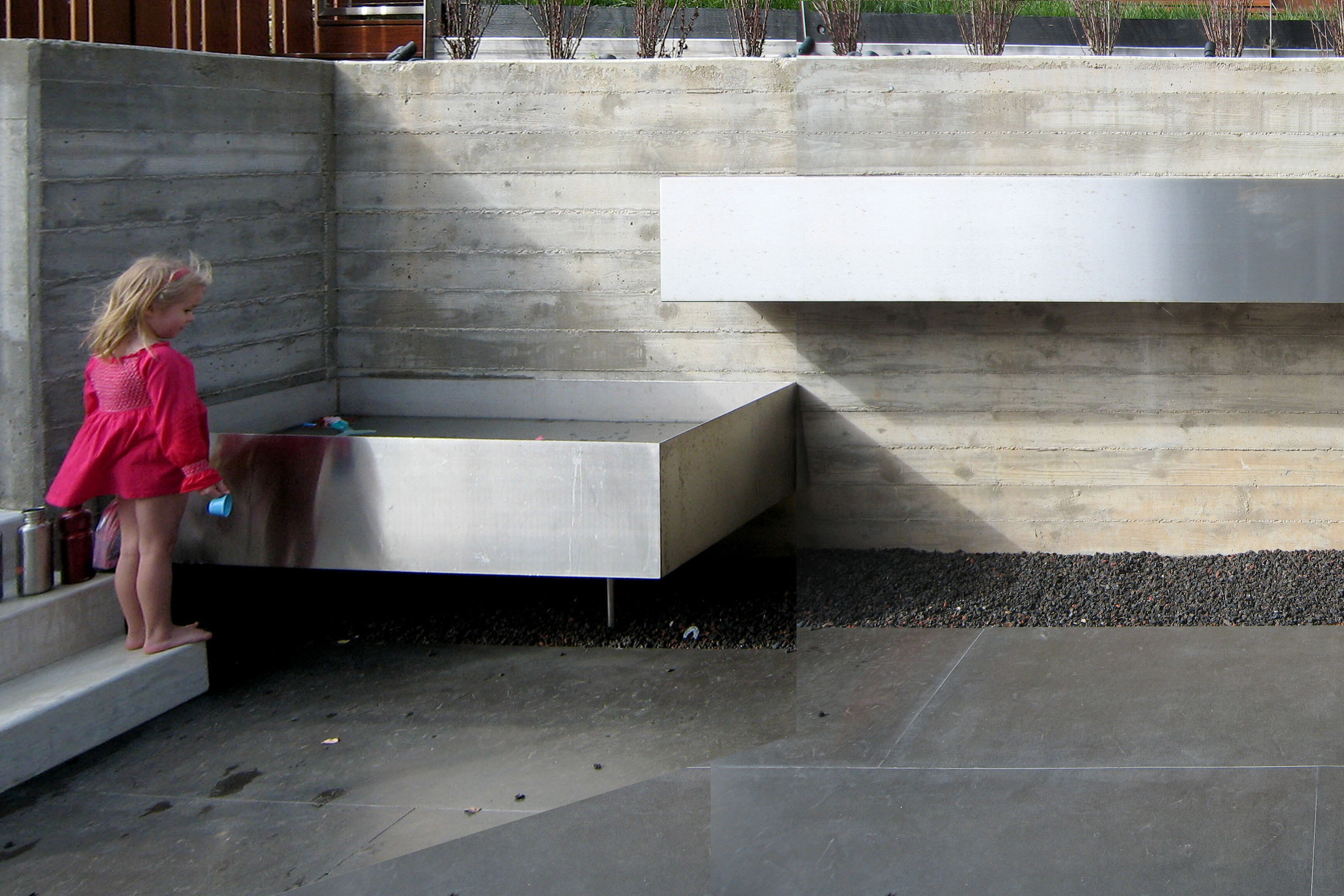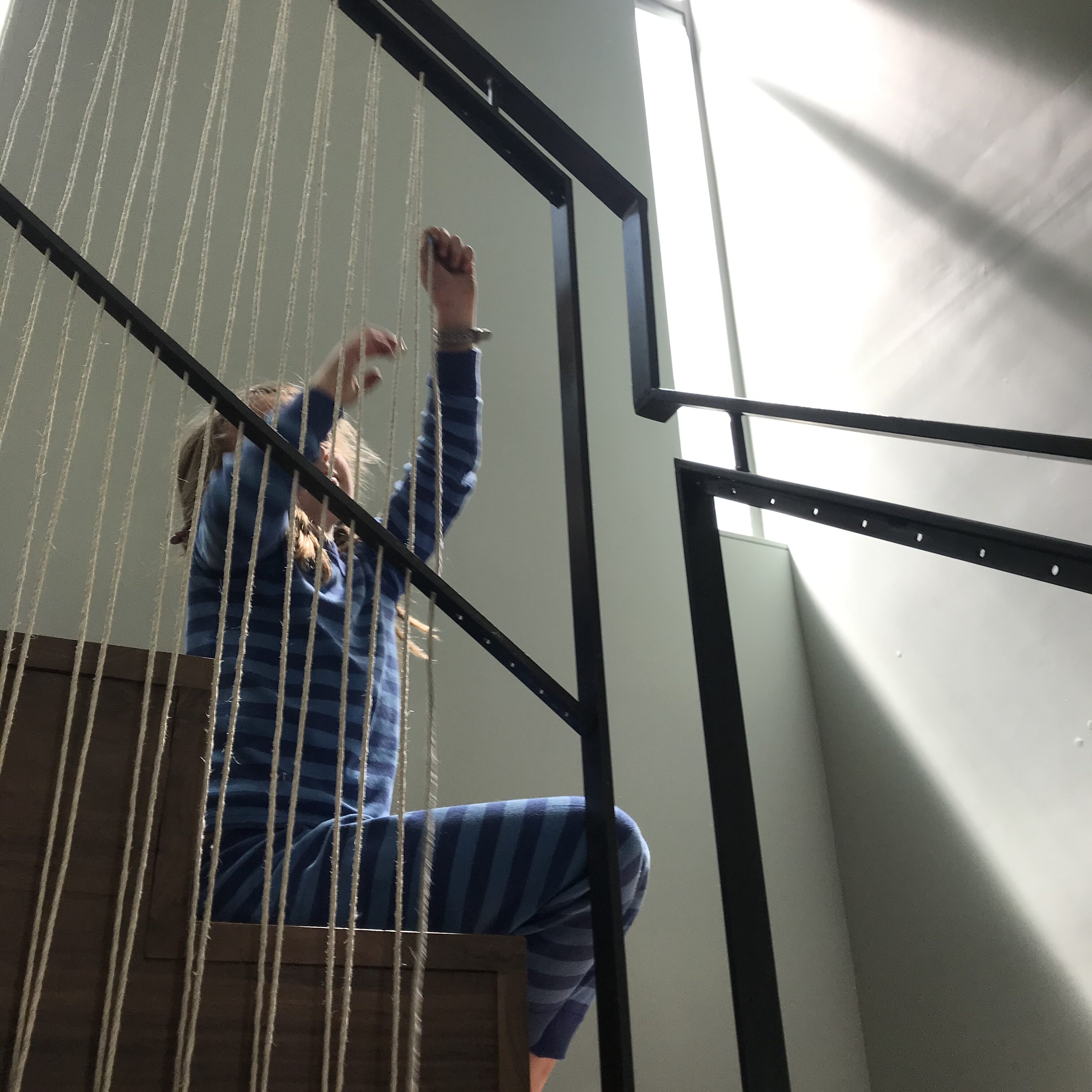Architectural experience is active, collaborative and confrontational, with the body constantly interacting through its senses and musculature. The length of a corridor is measured by footsteps, the monumentality of a space by its reverberation, materials by their textures.
Architecture is felt by the skin, nose, and ears as well as the eyes, yet most of the buildings we inhabit offer bland and desensitized environments.
A truly meaningful work of architecture is enriched not only by representation and iconography, but by a deep integration of materials and light with the poetic ideas, so that it is understood at a fundamental level, through the body’s senses.



Texture plays a crucial role in the aesthetic and functional aspects of a building.
1. Visual Texture: This pertains to the way a surface looks. It can include patterns, colors, and shading that give the illusion of texture, even if the surface is actually smooth. Examples include the appearance of wood grain, stone veins, or brick patterns.
2. Tactile Texture: This involves the physical feel of a surface when touched. It can be rough, smooth, soft, hard, bumpy, or ridged. This tactile quality affects how people interact with a building and can influence feelings of comfort, warmth, or security.
3. Material Texture: Different building materials inherently possess different textures. For instance, brick, stone, wood, concrete, glass, and metal each have unique textures that can be emphasized or minimized based on how they are finished and treated.
4. Light Interaction: Texture can affect how light interacts with surfaces. Rough textures scatter light, creating a diffuse effect, while smooth textures reflect light more uniformly. This interaction influences the ambiance and visual perception of spaces.
5. Scale and Proportion: The texture of materials should be considered in relation to the scale of the building and its elements. Large textures might be overwhelming in small spaces, while fine textures can get lost in larger ones.
6. Emotional and Psychological Impact: Texture can evoke emotional responses and psychological associations. For example, smooth and glossy surfaces can feel modern and clean, while rough and rustic textures might feel more natural and cozy.
7. Functional Considerations: Texture can also have practical implications. For example, textured surfaces can provide better grip and slip resistance in flooring, or they can help with acoustics by absorbing sound in a noisy environment.
8. Cultural and Contextual Significance: Texture can carry cultural and contextual significance, reflecting local traditions, materials, and craftsmanship. Using textures that are familiar or symbolic in a given context can enhance the connection between a building and its environment.

